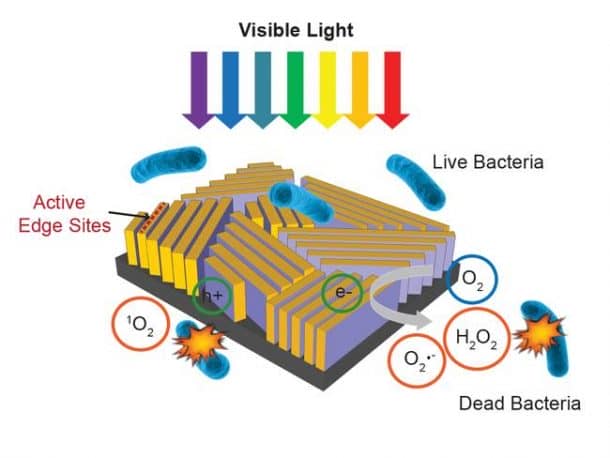Along with terrorism, global warming and political turmoil of all sorts, one more global crisis that human kind faces is the alarming lack of clean water sources. We have seen several pacts being made, treaties signed and then violated, and wars being fought over the ownership and usage of clean water. And considering the current slump we are in, there is no reason this will stop in the future. But other than finding new fresh water sources, another way to tackle this problem is by finding solutions that can clean the already dirty water for the consumption of the masses. We have seen quite a lot of such attempts, and Wonderful Engineering is going to cover one more today in that vein.
Cleaning polluted water using solar energy has been long contemplated upon, but the problem lies when the technologies try to filter out UV rays in order to clean the water. This means that you are using only 4 percent of the sun’s energy, which can take up to 48 hours for the process to finish.
Keeping this limitation in mind, Stanford University researchers in collaboration with the SLAC National Accelerator Laboratory have found a much faster and efficient way. They now looking to use the whole visible part of the solar spectrum, not just UV rays, which amounts to 50 percent of the sun’s energy. And using this concept, their small rectangular device can disinfect polluted water within minutes. Their nanostructured device looks like a small, black postage stamp; and utilizes technology that harnesses solar energy in order to disinfect the water while making the sun do all the work.
When sunlight hits the disk, hydrogen peroxide is released which then combines with other bacteria-killing chemicals eliminating 99.999 percent of the bacteria within 20 minutes! The chemicals then disintegrate themselves leaving pure drinking water behind.

This small glass is covered with “nanoflakes” of molybdenum disulphide. It is an industrial lubricant which in very thin layers can become a photocatalyst, releasing electrons that take part in the ensuing chemical reactions. The layers were created such that they were able to absorb the full range of visible sunlight while triggering reactions with oxygen, thus killing the bacteria present in the water.
The device is portable and easy to carry, but it is still not able to remove any chemical pollutants. So you can use it to a great effect if you have a problem of microbes in the water; but not so much with industrial pollution. The researchers are now working to test the device’s capabilities in different sets of conditions, and also are looking to enhance its performance so that it can tackle more complex mixtures of bacteria in the real world.
Would you feel comfortable with using this device for cleaning your water? Let us know in the comments’ section below!


